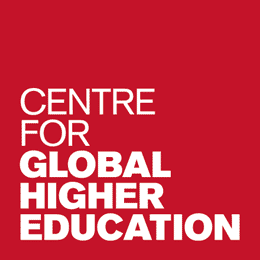Evidence-based policies for equity and affordability
- Michaela Martin, International Institute for Educational Planning (IIEP-UNESCO)
Overview
A new policy paper from the Global Education Monitoring (GEM) Report and the International Institute for Educational Planning (IIEP) at UNESCO shows that the number of university level students doubled to 207 million between 2000 and 2014.
Governments are struggling to keep pace with rapidly rising demand and large disparities in access, with a large cost of higher education often falling to families, many of whom cannot afford it.
Analysing global trends, the new paper, Six ways to ensure higher education leaves no one behind, shows that only one per cent of the poorest have spent more than four years in higher education, compared to 20 per cent of the richest.
UNESCO, the only UN organisation with responsibility for higher education, advises governments to use a combination of policies aimed at helping the disadvantaged, such as low tuition fees, need-based scholarships and loans repayments adjusted according to income, to help families manage the costs.
The paper draws on a range of examples to show how different countries are expanding and diversifying higher education offerings to achieve greater equity.

